Discover 11 hidden attractions, cool sights, and unusual things to do in Broadway (United Kingdom). Don't miss out on these must-see attractions: Broadway Tower, Snowshill Manor, and Stanway House. Also, be sure to include Hailes Abbey in your itinerary.
Below, you can find the list of the most amazing places you should visit in Broadway (England).
Table of Contents
Broadway Tower
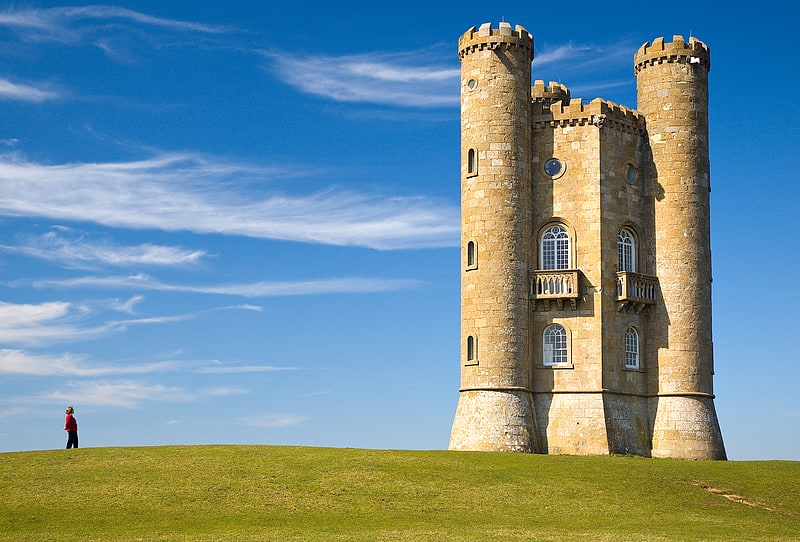
3-floor Georgian folly with exhibitions. Broadway Tower is a folly on Broadway Hill, near the large village of Broadway, in the English county of Worcestershire, at the second-highest point of the Cotswolds. Broadway Tower's base is 1,024 feet above sea level. The tower itself stands 65 feet high.[1]
Address: Middle Hill, WR12 7LB Broadway
Snowshill Manor
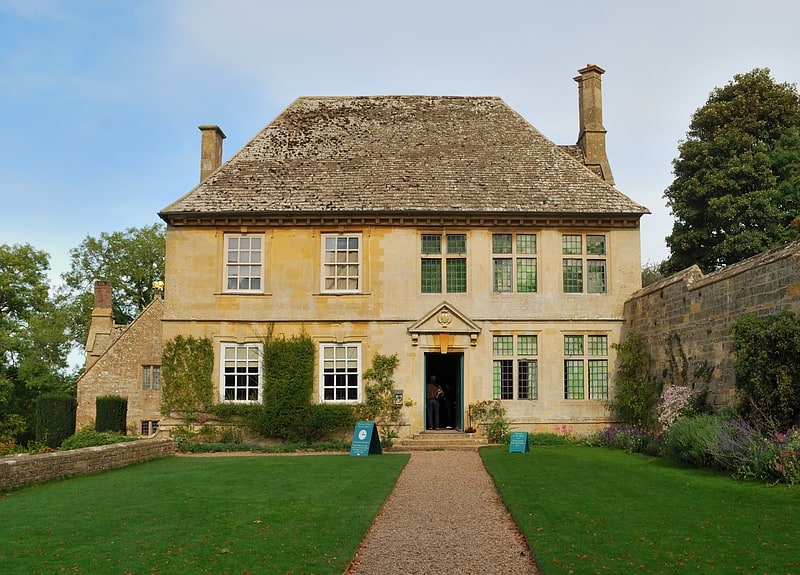
Garden in England. Snowshill Manor is a National Trust property located in the village of Snowshill, Gloucestershire, United Kingdom. It is a sixteenth-century country house, best known for its twentieth-century owner, Charles Paget Wade, an eccentric who amassed an enormous collection of objects that interested him. He gave the property to the National Trust in 1951, and his collection is still housed there.[2]
Address: Snowshill, near Broadway, WR12 7J, Broadway
Stanway House
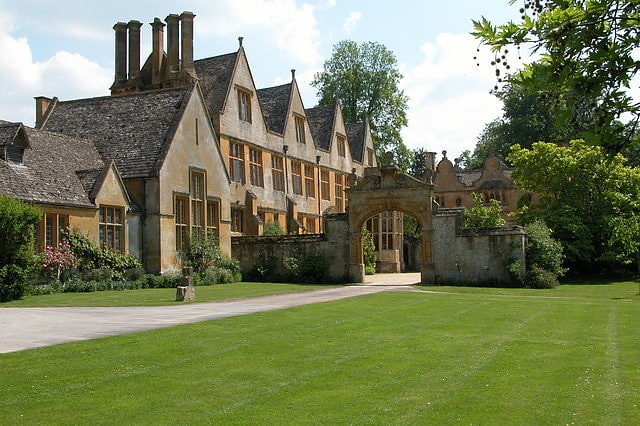
Building in Stanway, England. Stanway House is a Jacobean manor house, located near the village of Stanway in Gloucestershire, England. The manor of Stanway was owned by Tewkesbury Abbey for 800 years then for 500 years by the Tracy family and their descendants, the Earls of Wemyss and March.
Stanway House, originally constructed in the late 16th and early 17th century for the Tracy family, is a Grade I listed building. The principal rooms are in a long south-facing range forming an L-shape with the hall, unlike the usual Tudor house plan of a central hall. The north-east wing, remodelled in 1913 by Detmar Blow, was demolished in 1948. The kitchen court was designed by William Burn in 1859. The Gatehouse was built in about 1630. The construction includes Guiting Yellow stone and some Jacobean mullions and gables.
The then Lord Neidpath, now the 13th Earl of Wemyss and March, has pursued a program of restoration for a number of years. The house and grounds are open to the public on a limited basis each summer.[3]
Hailes Abbey

Abbey in Hailes, England. Hailes Abbey is a former Cistercian abbey, in the small village of Hailes, two miles northeast of Winchcombe, Gloucestershire, England. It was founded in 1246 as a daughter establishment of Beaulieu Abbey. The abbey was dissolved by Henry VIII in 1539. Little remains of the abbey. It is a Grade I listed building and a scheduled monument.
The site is owned by the National Trust but managed by English Heritage. There is a museum on the site holding many artefacts from the Abbey.[4]
Address: Hailes Abbey Cotswold Way, GL54 5PB Hailes
Broadway War Memorial
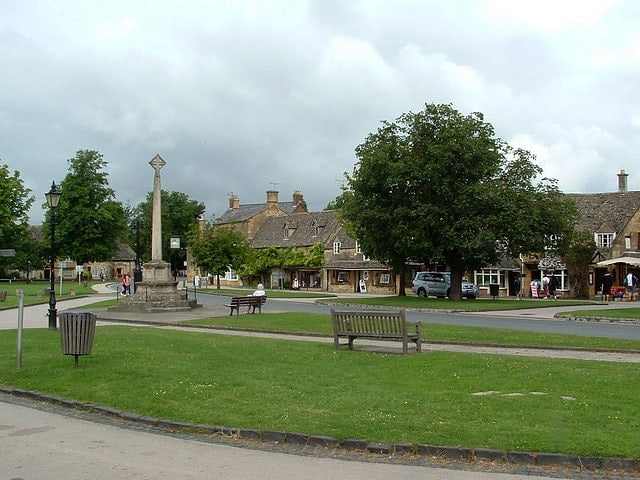
War memorial in Broadway, England. The Broadway War Memorial is located on the village green in the village of Broadway in Worcestershire. The memorial marks the deaths of local individuals who died fighting in World War I and World War II.
The memorial is a tall thin limestone octagonal pillar on a three stepped octagonal base, topped with a Latin cross in a diamond shaped frame. The sides of the octagonal stone base bear the names of local individuals who died fighting in the two world wars. 38 individuals from the First World War are commemorated, with 21 from the Second World War, and a single individual who died in the Malayan Emergency.
It was built c.1920 and designed by F. L. Griggs. It was featured in Charles Marriott's 1924 book, Modern English Architecture.
It has been Grade II listed on the National Heritage List for England since July 1987. Alan Brooks, writing in the Worcestershire volume of the Pevsner Architectural Guides, describes the memorial as "excellent".[5]
Gordon Russell Heritage Centre
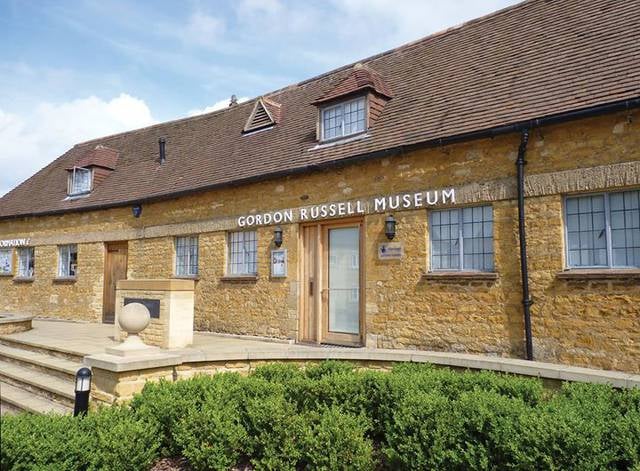
Specialty museum, Museum
Address: 15 Russell Square, WR12 7AP Broadway
Haynes Fine Art
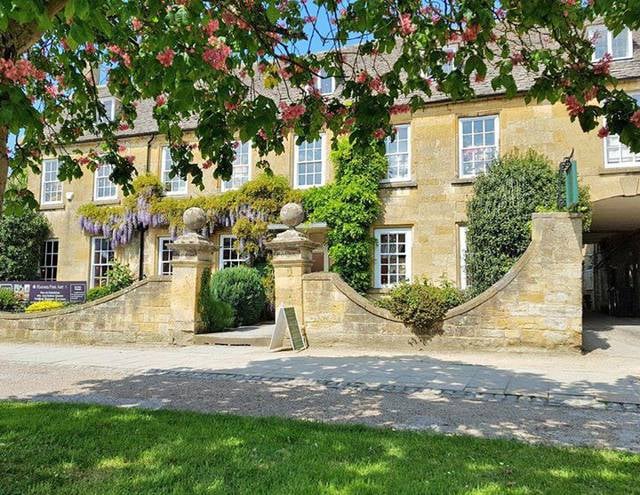
Museum
Address: Picton House, 42 High Street, Broadway
Wormington Grange

Wormington Grange is a Grade II* listed country house in the civil parish of Stanton, Gloucestershire, England. It lies a mile south of the village of Wormington.
Although the lodge appears to be of Tudor origins it is actually from the Regency period and concurrent with the Regency phase of the estate, the main house was constructed in the 1770s for Nathaniel Jeffreys. It is built of stone with a slate roof. An enlargement occurred in 1826-27 for Josiah Gist by Henry Hakewill. In the 1920s, Sir G. Dawber provided minor alterations for Mrs. Clegg. A. S. G. Butler made other changes in the mid 20th century. The full-height bow windows are attributed to Anthony Keck who was the original architect of outstanding Doric columns reminiscent of the classical Greek Temple on the Ilissus. The later additions by Hakewill included notable pilasters, particularly in a dining-room, built in the new east wing, adjacent to a grand entrance hall with ionic columns.
The house was later lived in by General Hastings Ismay, 1st Baron Ismay, KG GCB CH DSO PC DL, who remodelled the north side servants' quarters to Butler's design in 1947. Hakewill's stables nearby were neo-classical after Sir Hans Sloane's inspirational style. The Cleggs completely re-designed the gardens to which wrought iron front gates, designed by Norman Jewson appeared in about 1930. The limestone and Sussex bond brickwork stable block, which has a slate roof, was added 1827. The central store room is of two storeys with single story wings containing the horse boxes. A workshop in the stable block is used by John Evetts, the Landmark Trust furnishing manager. He is the grandson of Hastings Ismay, and moved into the house in the 1970s.[6]
Hornsleasow Quarry
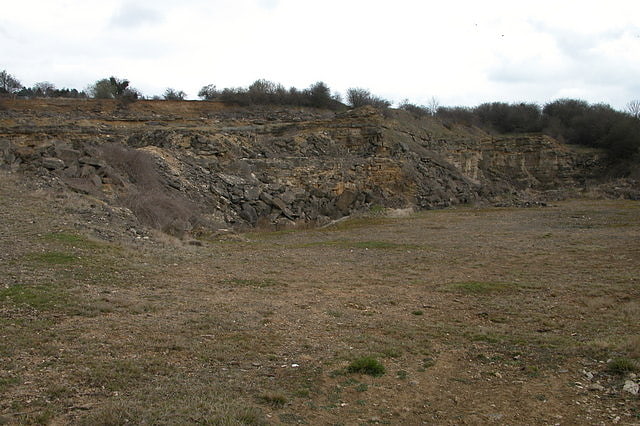
Hornsleasow Quarry is a 3.5-hectare geological Site of Special Scientific Interest in Gloucestershire, notified in 1974. The site is listed in the 'Cotswold District' Local Plan 2001-2011 as a Regionally Important Geological Site.[7]
The Old Print Gallery Broadway
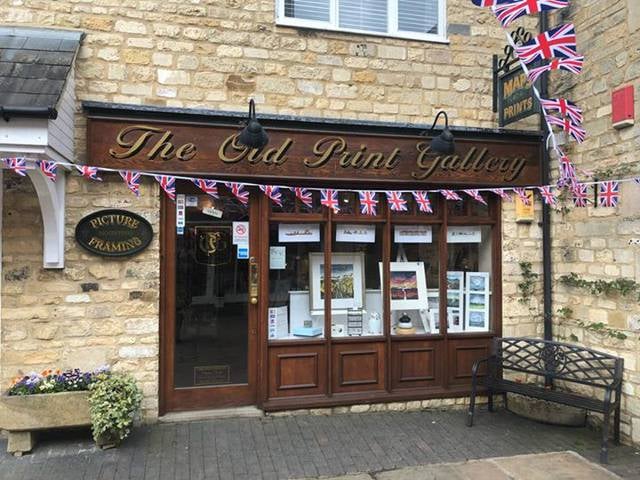
Museum
Address: 5 The Huntings, Church Close, Broadway
Abbey Green Vets

Address: Church Close, Broadway